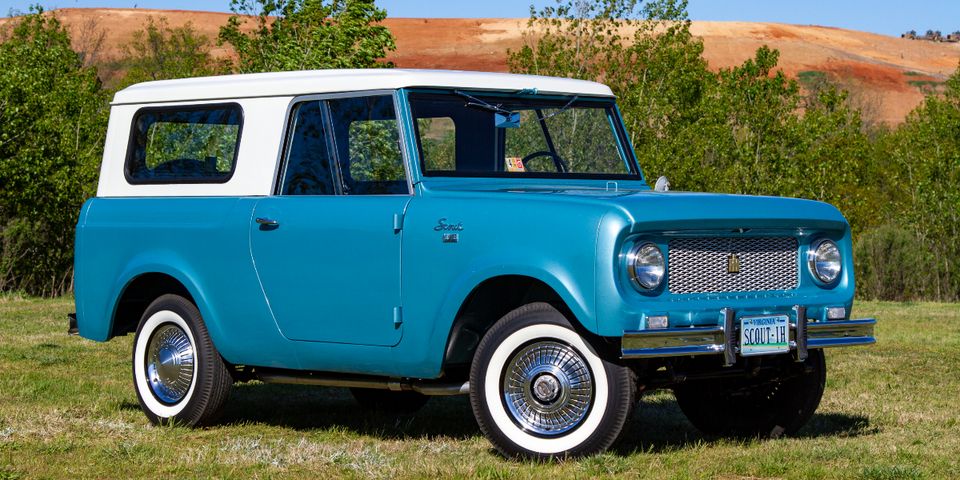
Sport utility vehicles, or SUVs, are some of the most popular cars you will encounter while driving on the road. While modern versions can be used as practical family vehicles and reliable daily drivers, classic SUVs were more about recreation and utility. If you want to learn more about how these cars became popular, below is a brief introduction to their origin and evolution.
The First SUVs
The precursor to the SUV was the Ford® Model T Depot Hack, which was produced in the 1920s. This vehicle had a car’s body mounted to a truck's chassis, offering more room for passengers and luggage. Then, in the 1930s, Chevrolet® launched the Suburban®. This was another car built on a truck frame, and it was mainly used for transporting passengers and luggage. While this classic SUV was similar to a station wagon, it provided the basis for more interior space.
Around WWII, both Jeep® and Land Rover® began constructing large vehicles for soldiers. These were built on truck chassis, but included more seating for transporting wounded troops and supplies.
How SUVs Became More Consumer-Friendly

Many consider the 1984 Jeep Cherokee® to be the first modern SUV. It stood apart from other vehicles at the time because it utilized a unibody construction, which means the frame and chassis were constructed together instead of being assembled afterward. This reduced the weight of the vehicle, and when combined with four-wheel drive capabilities, made it ideal for off-road driving.
This lightweight construction method was then adopted by other brands, including Ford, Chevy, Honda®, and Toyota®. While many classic SUVs were popular with people who loved to navigate trails and travel in rugged areas, they eventually gained popularity with people who simply wanted larger vehicles for their families.
Popularity of Modern SUVs
Today, SUVs are ubiquitous around the world. They are extremely popular in America, holding nearly 50% of the market share for vehicles. Due to this popularity, nearly every automotive brand offers some type of SUV or crossover, which is a smaller version. There are full-sized versions, like the Chevy Suburban, and smaller crossovers, such as the Honda CRV®, so drivers can choose from many options. Their lightweight construction provides more fuel efficiency than classic SUVs, and increased interior space appeals to families and travelers.
If you’re searching for a classic truck periodical that can teach you even more about classic SUVs, subscribe to Vintage Truck magazine. Published out of Xenia, OH, this magazine prints essential content and advice for vintage truck enthusiasts, including tips from experienced mechanics, engaging columns, and exciting features. The publication has readers from across the nation, so if you want to learn about restoring, maintaining, and working on trucks, this magazine is ideal. Call (937) 767-1433 or visit the website to learn more about the magazine’s subscription packages.
About the Business
Have a question? Ask the experts!
Send your question

